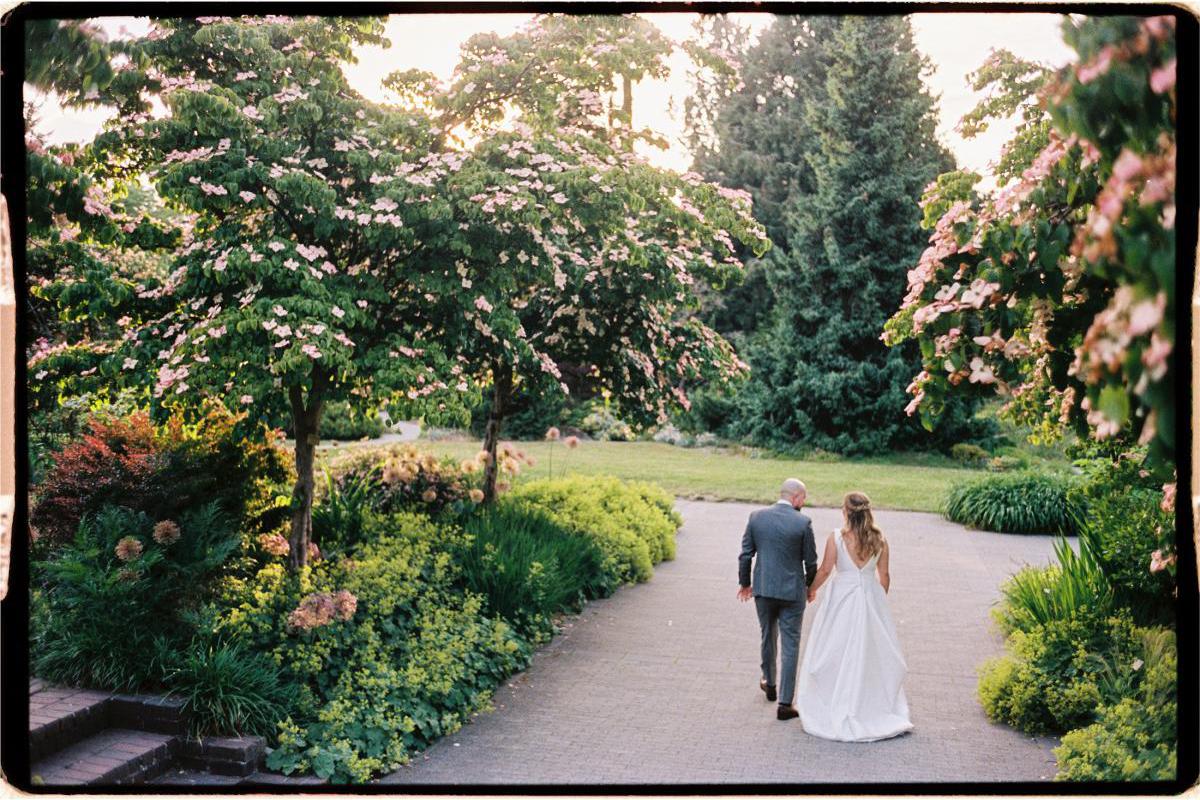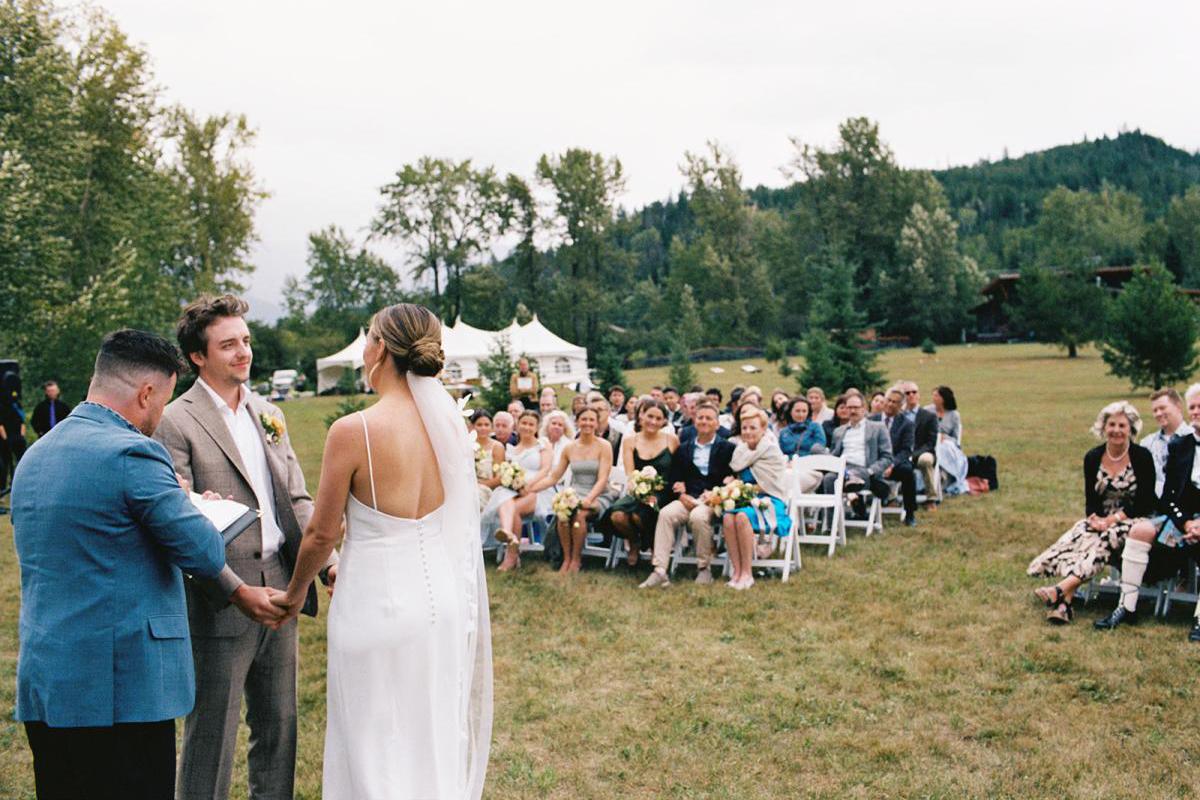For decades, film was the gold standard of wedding photography. Then digital took over. But neither replaced the other—they just told the story differently.
Ask any photographer who started before the 2000s, and they’ll tell you: shooting a wedding on film was a craft of discipline and trust. Today, most professionals shoot digitally—but the film vs. digital debate still sparks passion, nostalgia, and artistic devotion.
This article traces the rise of each format, their distinct strengths, and why many Canadian wedding photographers still choose one—or both—to tell your story.

The Film Era: Precision, Patience, and Magic
From the 1950s to early 2000s, film was the default medium for wedding photographers.
Why It Worked:
- Limited shots (24–36 per roll) meant photographers shot intentionally—every frame counted.
- Film had aesthetic charm: fine grain, creamy tones, and a natural depth of colour.
- It offered a tangible, archival quality. Negatives and prints could last a lifetime.
- Photographers developed their eye, timing, and technical discipline in-camera—not in editing.
But film had its challenges:
- No immediate preview—you didn’t know what you had until it was developed.
- Processing was expensive and time-consuming.
- Low-light performance was limited without flash or fast film stock.
Still, film gave weddings a timeless, organic softness that many still crave.
The Digital Shift: Speed, Versatility, and the New Era of Wedding Photography
Digital cameras became viable for professionals in the early 2000s, and by 2010, most wedding photographers had made the switch.
What Changed:
- Unlimited exposures allowed for more candids, experimentation, and safety coverage.
- Instant previews meant photographers could adjust in real time—no surprises in post.
- Editing tools like Lightroom and Photoshop allowed for colour grading, retouching, and batch processing.
- Delivery was faster, and albums could now include hundreds of images rather than 40 carefully chosen prints.
Digital also lowered the barrier to entry, helping more photographers start their careers—but also saturating the market.

Film’s Comeback: Why Some Wedding Photographers Still Choose It
Despite digital dominance, many photographers in Canada and beyond have returned to film—or never left.
Why?
- Aesthetic purity: soft highlights, pastel tones, and that intangible “film look”
- Client experience: the slower process creates a more intentional, reflective feel
- Storytelling impact: film images stand out as editorial anchors in a digital-heavy gallery
- Personal discipline: film demands skill and attention—no spray and pray
Medium-format film is especially popular for fine art photographers and high-end weddings.
Hybrid Shooters: The Best of Both Worlds
Many top photographers today shoot both film and digital, depending on:
- Light conditions
- Timeline constraints
- Artistic intent
- Client preferences
This hybrid approach allows for film-inspired beauty with digital reliability.

For Couples: Does It Matter What Format Your Photographer Uses?
In most cases, you’ll choose your photographer for:
- Their style
- Their portfolio
- How you connect with them
But knowing whether they shoot film, digital, or both can give you insight into:
- Their approach to storytelling
- Their editing style and delivery timeline
- The kind of experience you’ll have on the day
In the end, what matters is that the format matches the feeling you want your photos to evoke.
What’s Next: New Technologies on the Horizon
- Mirrorless cameras are becoming the standard—smaller, lighter, faster.
- AI-assisted editing is streamlining post-production.
- And film simulation presets allow digital photographers to approximate the look of Fuji, Kodak, and Ilford stocks.
Still, for some photographers, nothing replaces the tactile magic of a roll of 400H loaded in the sun.
Related Reading in This Series:
- The History of Wedding Photography: How We’ve Captured Love Through the Ages
- From Posed to Candid: How Wedding Photography Styles Evolved
- The First Wedding Photographs Ever Taken
- The Rise of the Wedding Photographer as Artist and Brand
- How Wedding Photography Changed with the Internet (and Instagram)
- The Role of Wedding Photography in Cultural Memory
- New Frontiers: Drone Photography, AI Editing, and the Future of the Craft